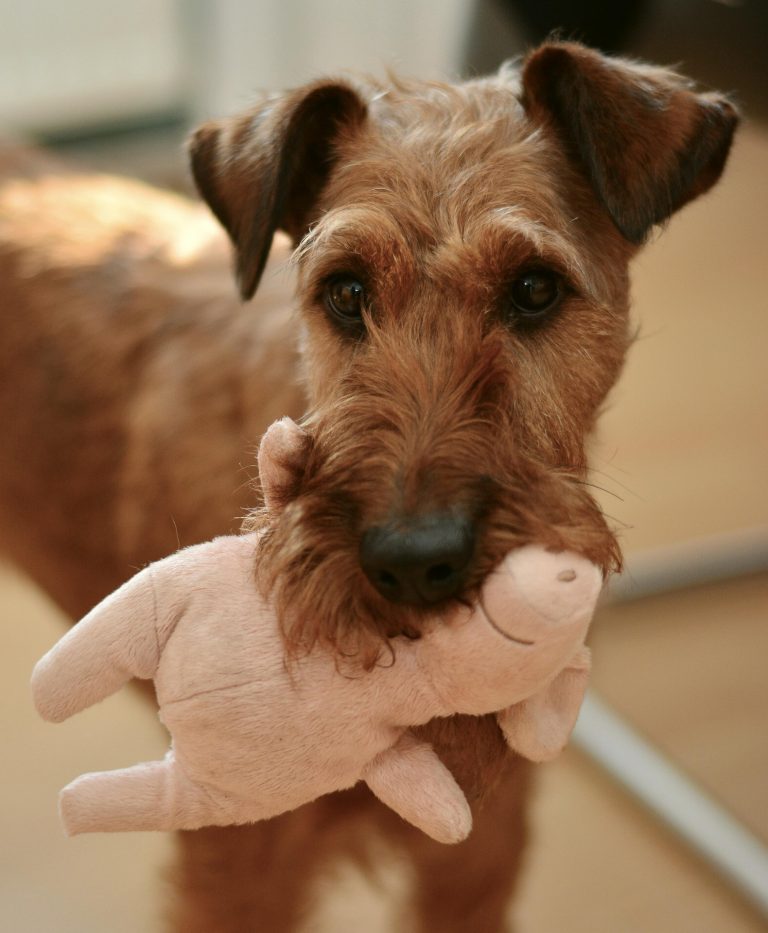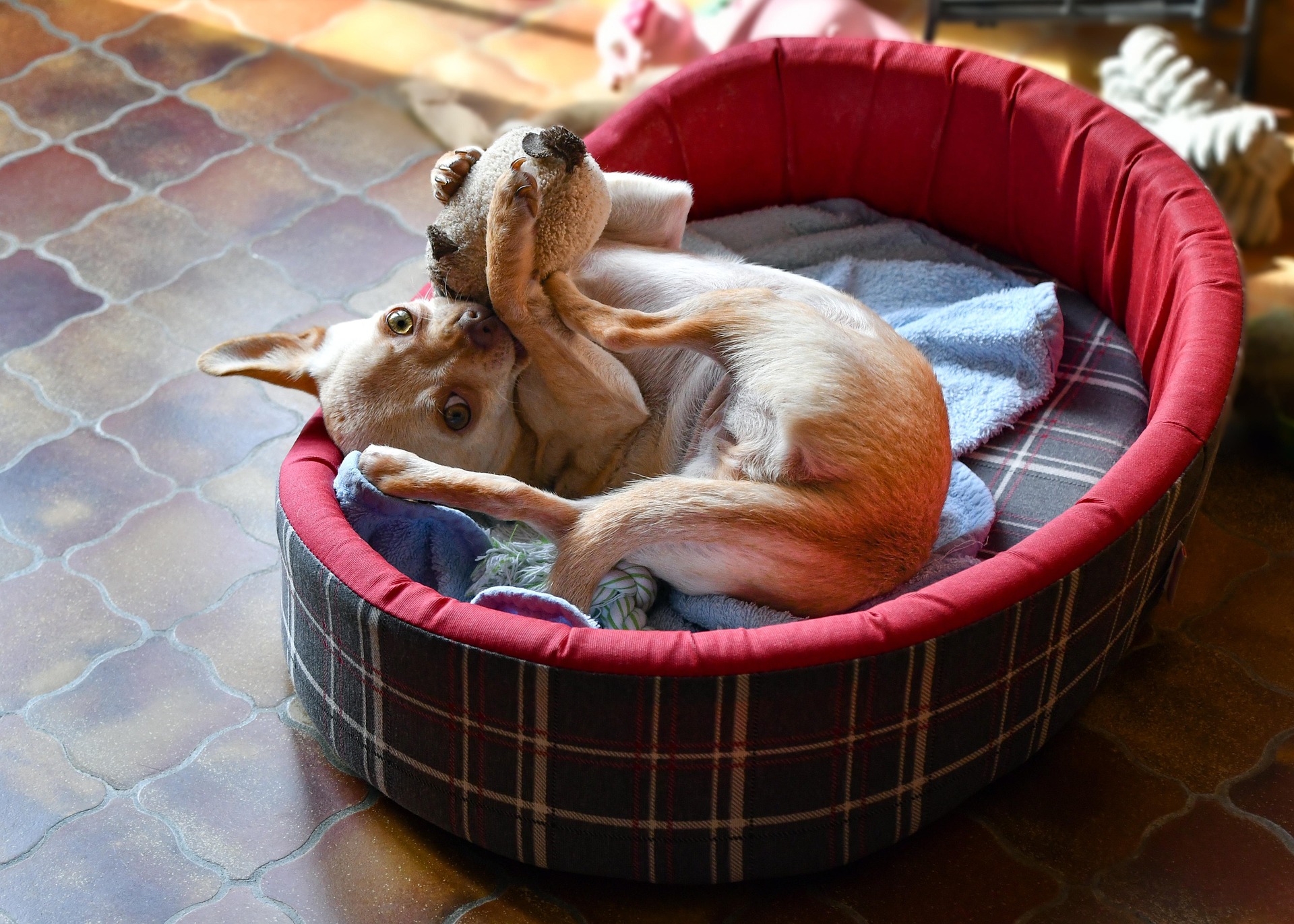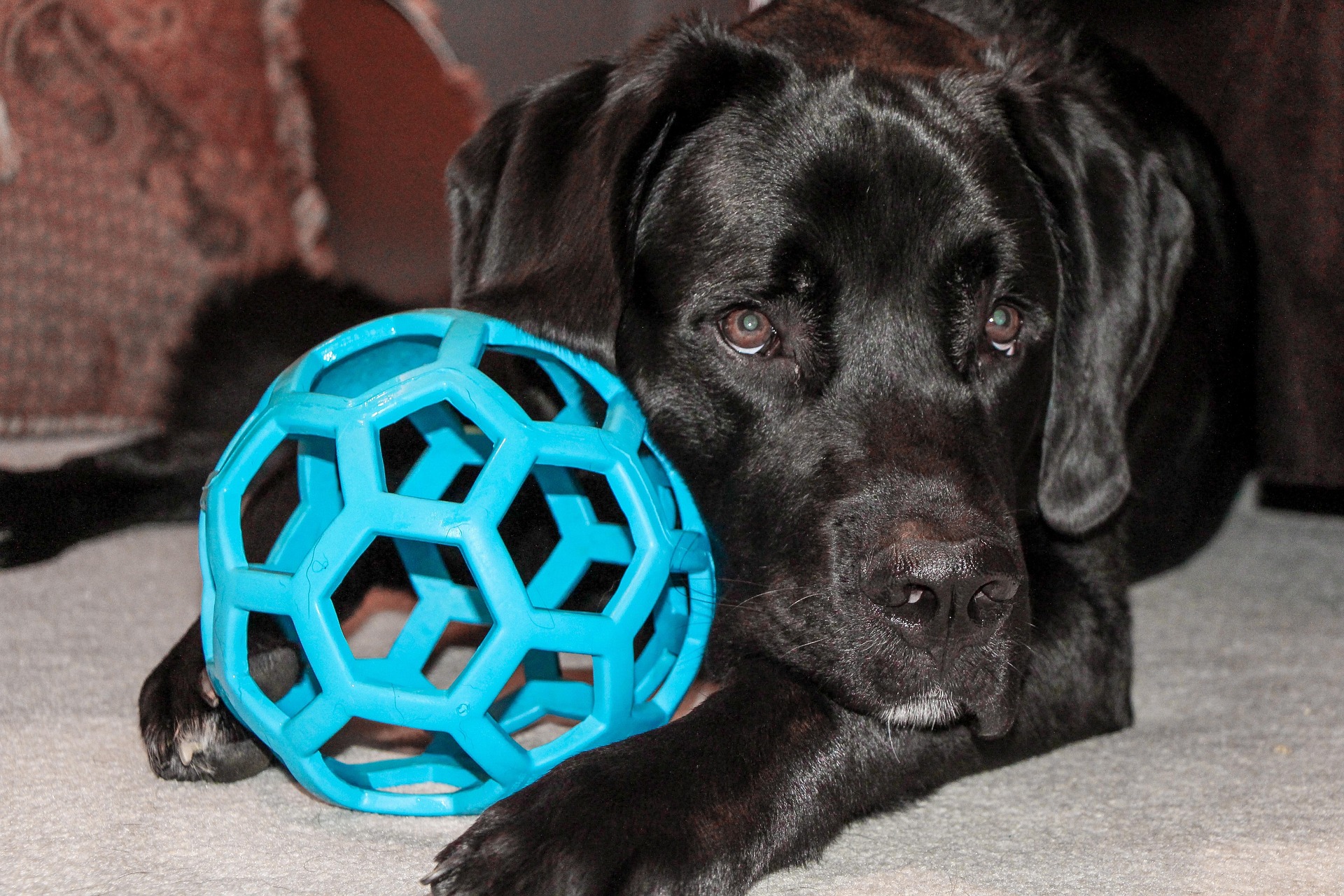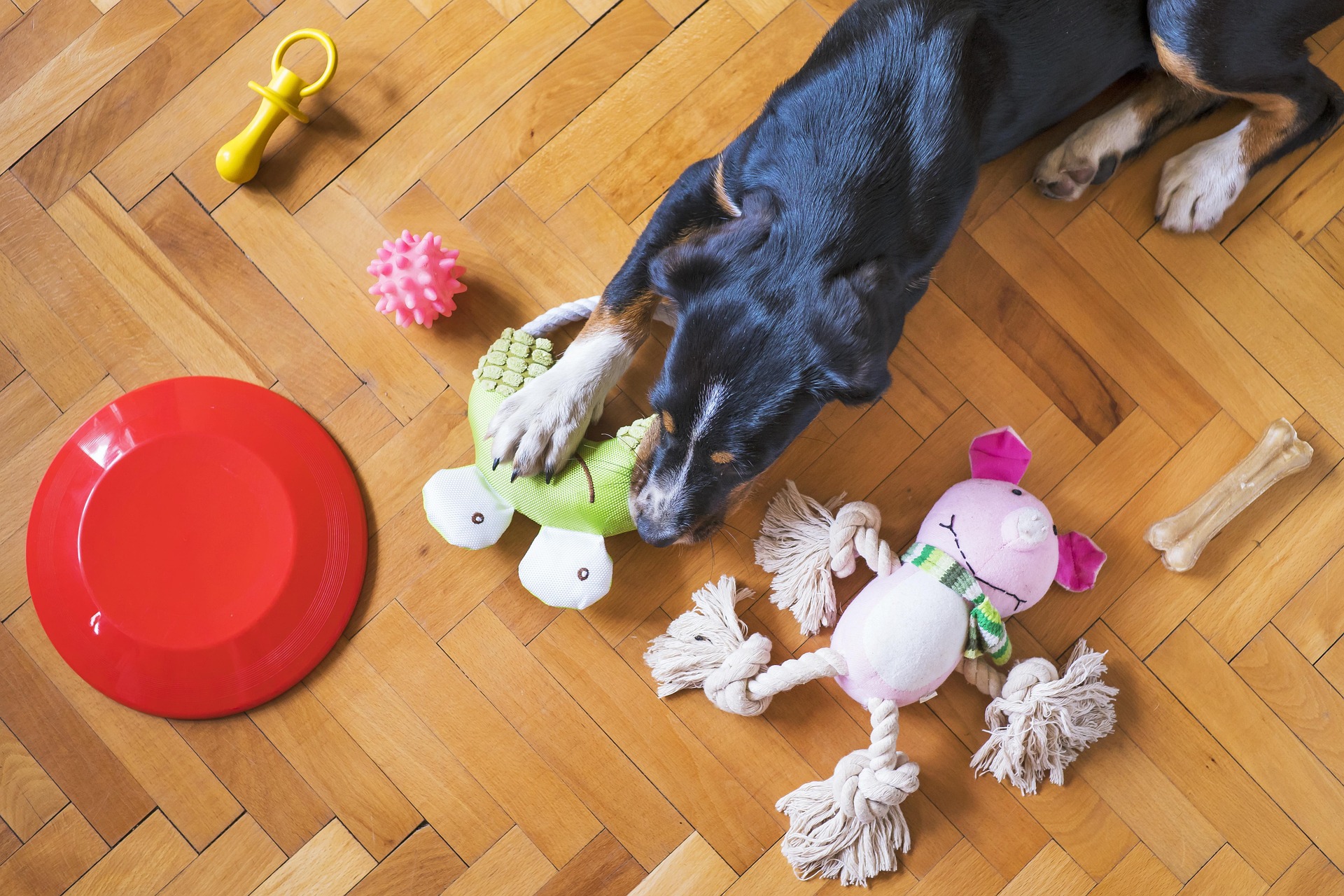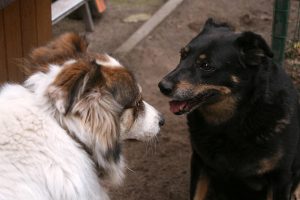Picture this: you bring home a brand-new squeaky toy for your pup. Within minutes, the poor thing looks like it’s been through a tornado. Stuffing everywhere, squeaker silenced, your dog proudly standing over the wreckage like a victorious gladiator.
But here’s the twist: the chew bone you bought three weeks ago? Still perfectly intact. So, what gives? Why does your dog go full “toy terminator” on some, but treat others like long-term companions?
Let’s dive into the mystery together.
The Hunter’s Instinct
Dogs might live cushy lives in our homes now, but their instincts haven’t disappeared. For many pups, a squeaky toy mimics the sound of prey. That squeak? It’s like nature’s invitation: catch me if you can. Once the squeaker is gone, the “hunt” feels complete, and suddenly the toy isn’t quite as fun anymore.
Tip for pet parents: If your dog is a squeaker hunter, look for toys made with reinforced seams or those designed to keep squeaks alive longer. Some brands even use double layers of fabric to withstand that primal tearing session.
Texture Matters More Than You Think
Have you noticed your dog seems picky about toy textures? Some will shred plush in seconds but hardly touch a solid rubber ball. Others prefer the challenge of gnawing on durable materials rather than tearing fabric. Dogs, like us, have sensory preferences.
Try this experiment: Offer your pup three different textures: a plush toy, a rope tug, and a durable rubber chew. Watch which one they go for first. Their choice will tell you a lot about what drives their destructive habits
Boredom vs. Energy Release
Here’s a little secret: many dogs destroy toys not because they hate them, but because they have too much energy or not enough mental stimulation. Tearing into a toy is their way of releasing frustration or keeping themselves busy.
Tip for active dogs: Rotate your toy collection. Don’t leave every toy out at once. When your pup thinks a toy has “disappeared” and then it comes back a week later, it feels brand new. Bonus: this trick reduces destructive chewing.
Why Some Toys Survive
Let’s give a round of applause to the survivors, those indestructible favorites that stick around while others meet their doom. Often, these toys are made from high-quality, durable materials like natural rubber or tightly woven rope. They satisfy your dog’s need to chew without giving in too easily. Dogs enjoy the challenge, but they also respect the durability.
Look for labels like: “indestructible,” “heavy chewer approved,” or “made from recycled rubber.” Investing in quality toys saves money in the long run (and saves you from sweeping up stuffing every other day).
The Emotioal Side of Toys
Here’s where it gets interesting: dogs can form emotional attachments to certain toys, just like kids do with stuffed animals. A toy that smells like you, or one they’ve had since puppyhood, might be treated with surprising gentleness. It’s not about the material, it’s about the bond.
Try this: Rub a new toy in your hands before giving it to your pup. Your scent may encourage them to keep it close rather than rip it apart right away.
So, Why This Toy and Not That One?
The short answer: it’s a mix of instinct, texture preference, energy level, and emotional attachment. Your dog isn’t randomly choosing victims and survivors, they’re communicating their needs through play.
And maybe the real question isn’t “Why does my dog destroy certain toys?” but “What does their choice say about them?”
Next time you see your dog gleefully dismantling a plush toy, don’t just sigh and reach for the vacuum. Take a moment to wonder: Are they hunting? Relieving boredom? Testing durability? Or cherishing a favorite?
Because each toy tells a story. And if you listen closely, your dog is always trying to tell you theirs.

